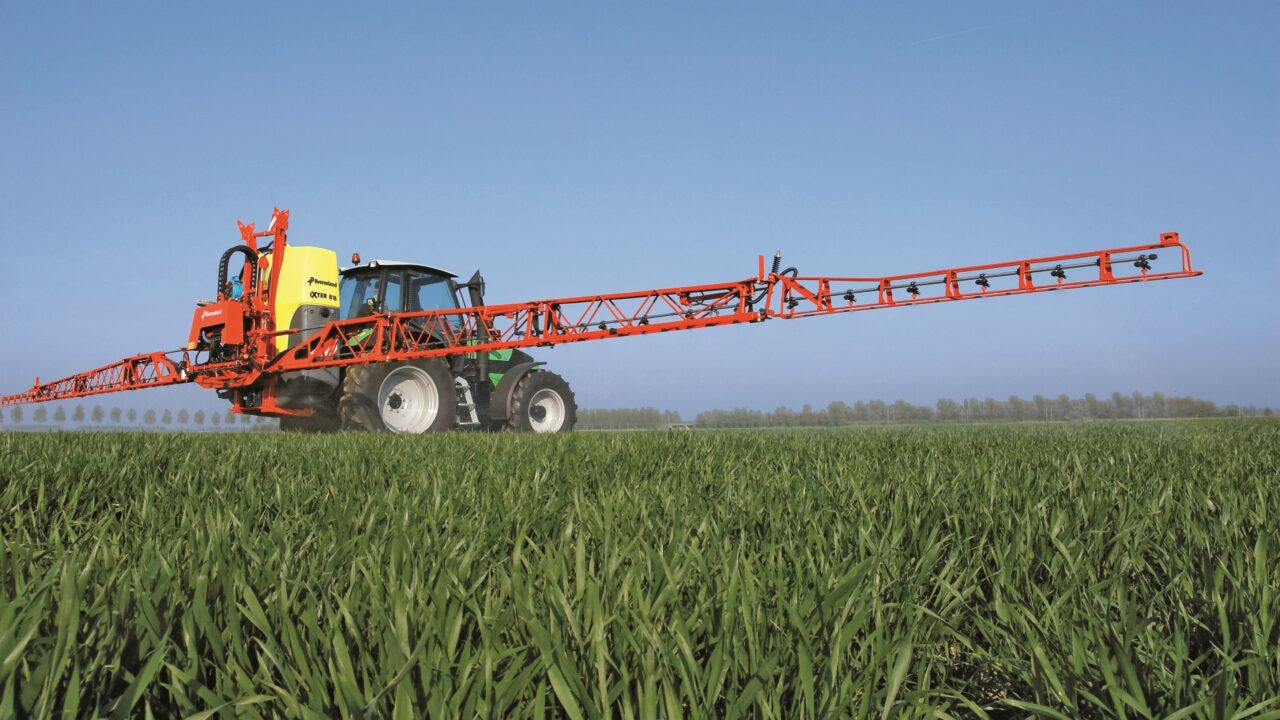Pesticide use on arable crops grown in Scotland declined in 2018, according to a new National Statistics report.
A drop in the use of rodenticides on arable farms was also recorded in the report.
However, soft fruit crops bucked the trend, with pesticide use higher in 2018 than what was reported in 2016.
Analysts acknowledged the low pesticide application rates reported in 2016 were atypical in this data series, and added that pesticide application in 2018 was lower than levels reported in 2014 and 2012.
Overall, pesticide applications to Scottish arable crops in 2018 were 4% lower than in the previous survey in 2016.
98% of arable crops were treated with a pesticide in 2018. The treated area received an average of 3.9 sprays with a total combined application weight of around 1,312t.
In relation to pesticide use on stored potatoes, 28% of seed potatoes and 13% of ware potatoes were treated with a pesticide in 2018. These proportions are lower than reported in 2016 for seed potatoes and similar than 2016 for ware potatoes.
Meanwhile, 93% of soft fruit crops in Scotland were treated with pesticides. The report explained the treated area received an average of 11.2 pesticide sprays, with a total combined weight of around 17t.
As a result, pesticide application on soft fruit was 10% higher in 2018 than reported in 2016.
Rodenticides
It was estimated that rodenticides were used on 55% of arable farms in 2018, a reduction from the 78% which used rodenticides in 2016.
Approximately 49t of rodenticide bait, containing less than 6kg of active substance, was estimated to have been used.
This was 47% lower than in the previous survey in 2016. The rodenticides encountered were almost exclusively second generation anticoagulant compounds.
Analysts explained it was likely that the decreased rodenticide usage, increased adoption of non-chemical control has been influenced by the introduction of the 2015 industry-led rodenticide stewardship scheme.
The figures were unveiled as part of a series of crop reports detailing pesticide usage in terms of weight, area and percentage of crop treated with pesticides.
The data will feed into a variety of purposes including informing Scottish Government Policy about the post-approval use of pesticides.

